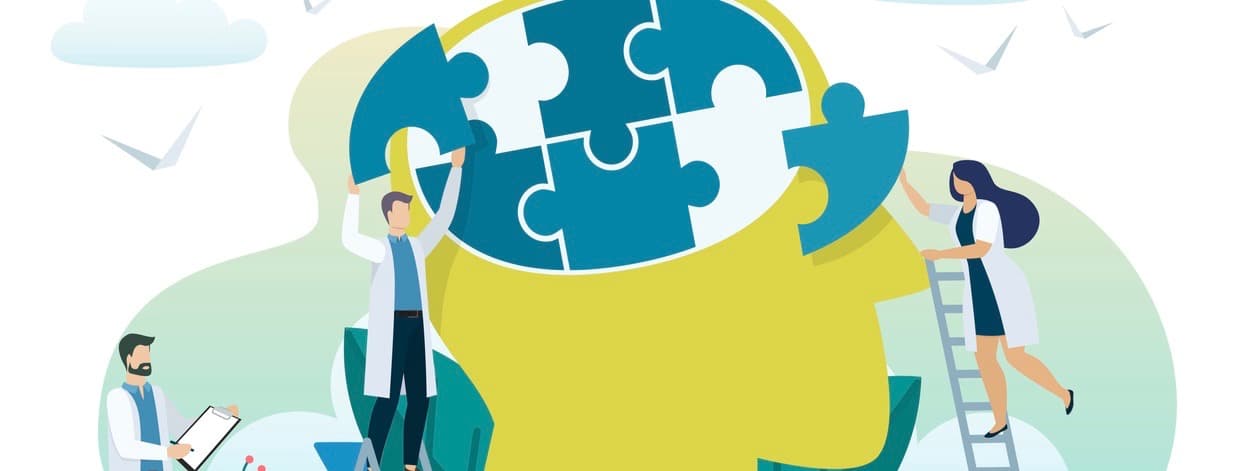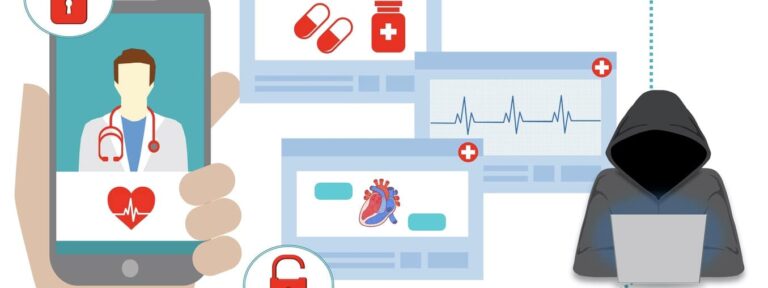Like many of us who are endlessly working from makeshift desks, moving kids and cats out of Zoom calls, at the end of the day all I want to do is collapse in front of the TV. Within minutes, whether the show is brand new or a rerun from 40 years ago, I find myself stressing about why the characters aren’t wearing masks. This is just one way that the new normal, or whatever it is, is having a clear effect on my psyche.
According to the headlines—and research—I’m not alone. A recent study from the Kaiser Family Foundation showed that during the pandemic, one in four American adults reported symptoms of anxiety or depressive disorder, up from one in 10 in 2019. The American Psychological Association (APA), as part of its Stress in America™ series, recently warned of global mental health consequences due to prolonged stress.
Public health leaders have weighed in on what it will take to return to school, work and social events, often tying this milestone to vaccine compliance or herd immunity. Increasingly, psychology experts are advising that addressing mental health issues that have emerged or festered during the pandemic also has to be part of a return to “normal.”
Just like barriers to vaccine acceptance, however, every level of society should be prepared to help individuals and families overcome mental health hesitancy. As communicators, we have a central role in effectively promoting mental health acceptance. Strengths-based messaging and research-based strategies are key.
Stigma, social exclusion and prejudice have long been part of our country’s struggle with addressing mental illness
In the past decade, more—and younger—public figures have openly discussed their own mental health challenges, serving to help demystify these illnesses and lower the hurdles to identifying and seeking help. Yet difficulties remain, particularly for those who have been impacted the most by the pandemic, both economically and physically.
Individually and collectively, we have experienced tremendous loss. Many were laid off from jobs they had for years. And more than 500,000 families have said goodbye to a loved one during this pandemic. Even those of us who haven’t experienced those dire losses still face a future filled with uncertainty. For some, this will produce tremendous, even paralyzing anxiety—feelings that could be unfamiliar and frightening. With all that our society has given up reaching this milestone, it won’t be easy for many to talk about these struggles or ask for help. Our nation’s “bootstraps” mentality rarely leaves room for perceived weakness like this.
There are additional barriers to addressing individual mental health concerns, including misconceptions, cultural and generational bias, inadequate or no insurance, and unpaid time off. The coming wave of mental health effects from this pandemic—especially the trauma, grief and violence experienced by so many—will respect none of those obstacles. The consequences are dire, including unhealthy weight gain, substance misuse, unintentional overdose and suicide.
While most of us don’t have the power to address systemic barriers to mental health, as communicators we can ensure that our messages to each other and about mental health issues are positive and supportive. From our interpersonal conversations to media coverage, there are research-driven best practices for how to reduce the hesitancy to ask for help and seek treatment for mental health concerns.
Practice person-centered language
No one wants to be defined by one aspect of life. Train yourself to talk about mental illness as one characteristic, and never use it as an adjective. Mental Health America offers great examples of this approach.
Don’t make it about you
Mental health researcher Patrick Corrigan, PsyD, has found that solidarity messages (“I stand with you”) were received better by individuals experiencing mental illness than those offering normalcy (“I’m just like you”). All of us should feel free to be open about our mental health challenges, but while you’re providing individual support to someone might not be the time to share your own.
Reframe your reaction
Act the same as you would if your friend or colleague had the flu or appendicitis. Ask about needs or whether the person would like company. Send flowers and supportive messages. Send invites to events, and let the individual decide whether to go.
Promote that recovery is possible
One of the greatest fears of those with mental health concerns is that opening up will forever brand them as weak or unreliable. Most people with mental health conditions can and do recover and are able to resume work and life activities. Also know that recovery is a journey and not a destination. Recovery comes with setbacks and it requires support, patience and persistence.
Fight bias wherever you see it
Unfortunately, our culture is still full of stigmatizing assumptions, misinformation and bias about people experiencing mental illness, including in news and entertainment media. If you see or hear something that perpetuates prejudice, say something—whether it’s to a colleague, a neighbor or a TV producer.
We’ve been told that we have a long way to go before our country and our society will be safe without masks and social distancing. Along that journey, many in our communities will need mental health support to deal with the trauma of this experience. As family members, neighbors, friends, employers and messengers, it’s our duty to make it easier for them to ask for and get the support they need.
This article originally appeared on the Vanguard Communications blog; reprinted with permission.









